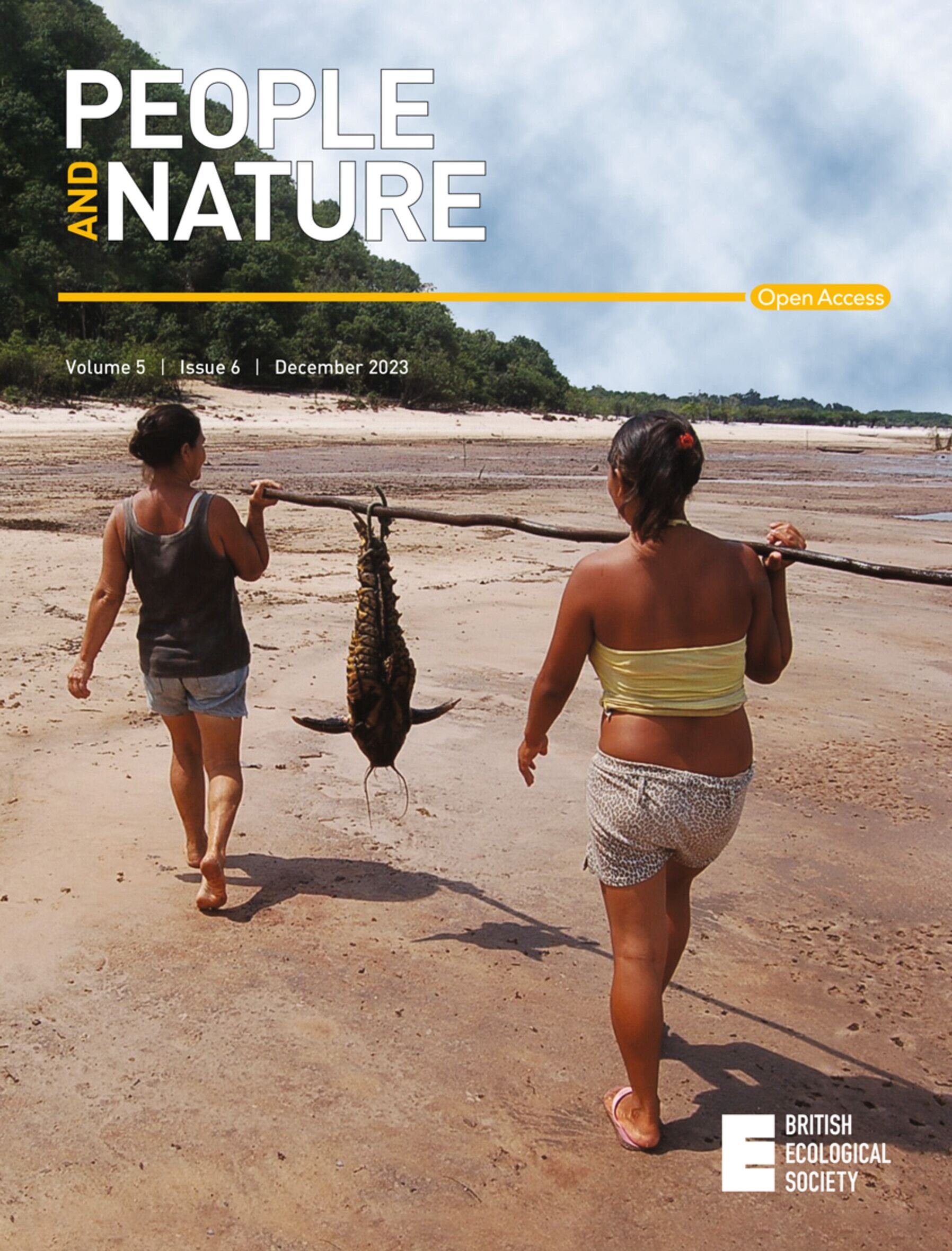Ecological and anthropogenic drivers of leopard (Panthera pardus fusca) attack occurrence on humans in Nepal
IF 4.9
1区 环境科学与生态学
Q1 BIODIVERSITY CONSERVATION
引用次数: 0
Abstract
Abstract The negative impact of large carnivore presence in human‐dominated landscapes manifests as livestock depredation and in extreme cases as attacks on humans. In the case of conflict with leopards in Nepal, attacks resulting in human fatality have become more frequent over time, thus creating an urgent socio‐ecological and management issue. We estimated the occurrence of leopard attacks in Nepal from human‐leopard conflict cases reported in the media. We used occupancy models to analyse data collected from online news reports on incidents of leopard attacks on humans to explore drivers of leopard attacks on a landscape scale. Our results suggest that the probability of occurrence of leopard attack is associated with human population density, terrain ruggedness and livestock density. The human population density effect may be indicative of a density‐dependent relationship, where attacks are more likely in areas where an increased abundance of humans increases encounter rates with leopards. The positive effect of livestock density suggests that livestock may be drawing leopards into human settlements, and consequently increasing the likelihood of attacks on humans. Terrain ruggedness might be offering ideal conditions to facilitate attacks on humans, for example remoteness and high amounts of cover to launch ambush attacks. We provide inference and insights into key determinants of leopard attacks on humans on a landscape scale. These insights can be used to guide future research, inform mitigation measures to reduce leopard attacks and foster a better understanding of the interaction between people and leopards. This study demonstrates the applicability and novelty of using a hierarchical modelling framework applied to freely and publicly available media reports to inform the applied management of human‐wildlife conflict at a national scale. Read the free Plain Language Summary for this article on the Journal blog.尼泊尔豹(Panthera pardus fusca)攻击人类的生态和人为驱动因素
在人类主导的景观中,大型食肉动物存在的负面影响表现为牲畜的掠夺,在极端情况下表现为对人类的攻击。在尼泊尔与豹子的冲突中,随着时间的推移,导致人类死亡的袭击变得越来越频繁,从而产生了一个紧迫的社会生态和管理问题。我们从媒体报道的人豹冲突案例中估计了尼泊尔豹袭击事件的发生率。我们使用占用模型来分析从豹子攻击人类事件的在线新闻报道中收集的数据,以探索景观尺度上豹子攻击的驱动因素。结果表明,该地区发生豹袭事件的概率与人口密度、地形起伏度和牲畜密度有关。人口密度效应可能表明了一种密度依赖关系,即在人类数量增加、与豹子相遇率增加的地区,攻击更有可能发生。牲畜密度的积极影响表明,牲畜可能会吸引豹子进入人类住区,从而增加攻击人类的可能性。地形的崎岖可能为攻击人类提供了理想的条件,例如偏远和大量的掩护来发动伏击攻击。我们提供推断和见解的关键决定因素豹攻击人类在景观规模。这些见解可用于指导未来的研究,为减少豹子袭击的缓解措施提供信息,并促进对人与豹子之间互动的更好理解。本研究证明了将分层建模框架应用于免费和公开的媒体报道,以在国家范围内为人类与野生动物冲突的应用管理提供信息的适用性和新颖性。在《华尔街日报》博客上阅读免费的《简明语言摘要》。
本文章由计算机程序翻译,如有差异,请以英文原文为准。
求助全文
约1分钟内获得全文
求助全文

 求助内容:
求助内容: 应助结果提醒方式:
应助结果提醒方式:


